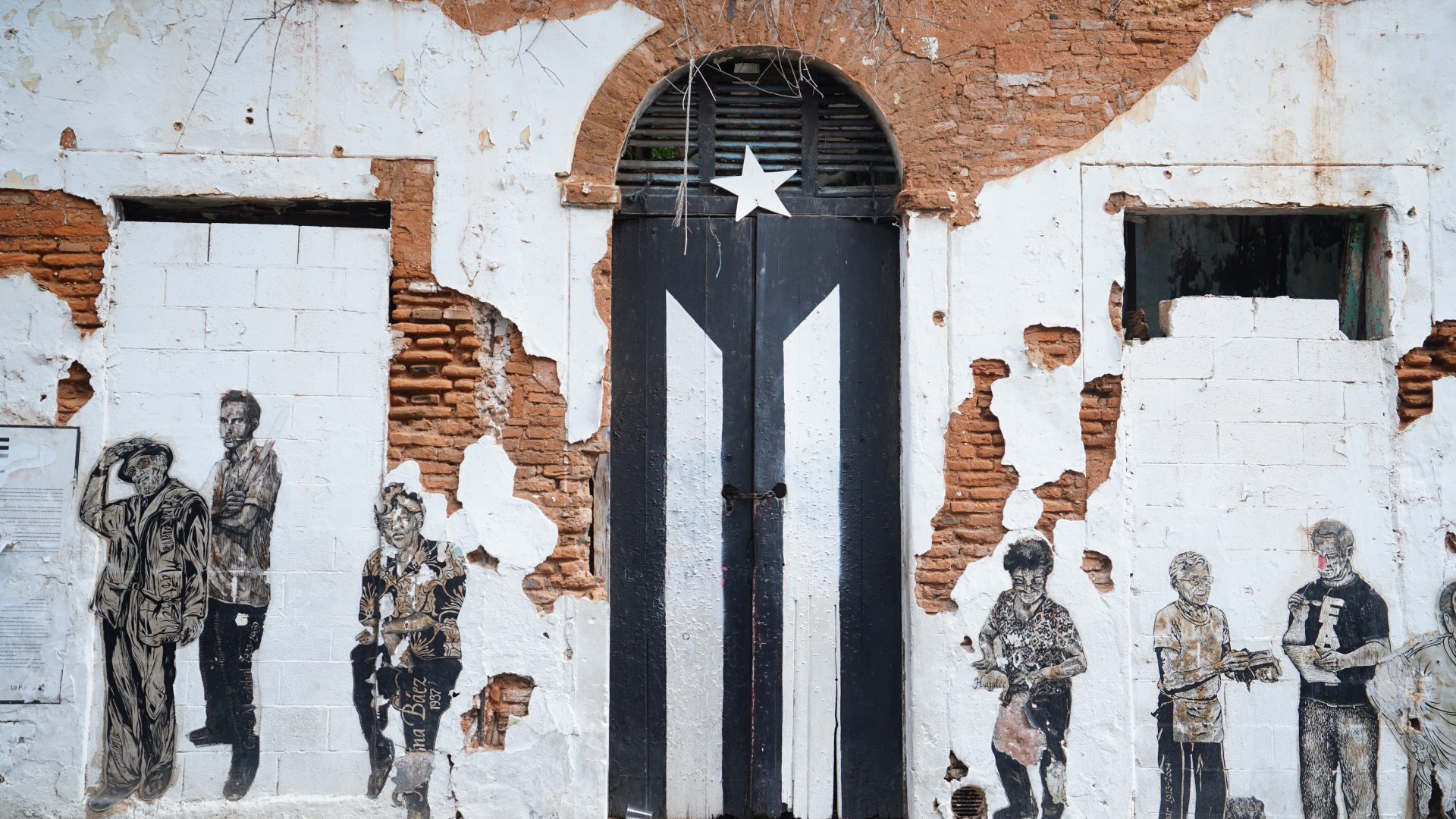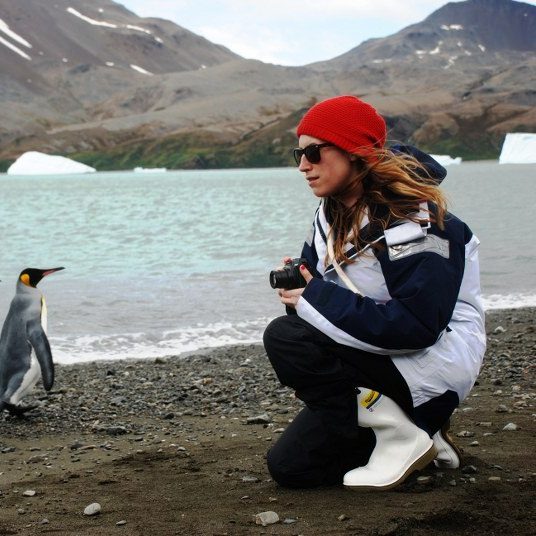
To make sure your vacation helps—instead of hurts—the local economy, be ready to plan ahead, be flexible, and stay out of areas with already-overburdened infrastructure.


To make sure your vacation helps—instead of hurts—the local economy, be ready to plan ahead, be flexible, and stay out of areas with already-overburdened infrastructure.
This September, slow-moving Hurricane Fiona rolled over Puerto Rico, causing severe flooding and leaving hundreds of thousands of people without water and over a million without power. A couple of weeks later, the island was in the path of Category 4 Hurricane Ian. Now, more than a month later, the lights still haven’t come back on for many—despite claims from the island’s private electrical utility that power has been restored to 99 percent of the island’s residents.
The intensity of the storms and damage they left behind was reminiscent of the one-two blow Puerto Rico suffered from Hurricanes Maria and Irma almost five years ago, in September of 2017. Recovering from the damage of those storms has been slow and painful, something many hope won’t be the case this time around.
In the last few years, headlines about Puerto Rico’s once-thriving tourism industry bouncing back started popping up on travel blogs and major outlets. Only a couple weeks after Ian, the message from tourism officials on the island stressed that major airports, hotels, resorts, and attractions were safe and open for business, even as they expressed solidarity with the many people still struggling to recover.
In fact, according to reporting from NPR-affiliate radio station WBUR in Boston, Massachusetts, FEMA (Federal Emergency Management Agency) has obligated over $21 billion for public assistance projects to rebuild infrastructure in Puerto Rico since the devastation of Hurricane Maria. However, only 407 million — that’s 2% — has actually been spent.
But officials seem to be putting their best face on. Brad Dean, CEO of the territory’s official tourism organization Discover Puerto Rico, told the press that Fiona was “a setback for us, but not a reset.”
The organization’s website has a list of the status of popular attractions, transportation, beaches, and lodging, so you can check what’s open while planning your trip.
Visitors bring in a lot of money and support many jobs—around 10 percent of the US territory’s economy is related to tourism. But is the impact of your visit as simple as the dollars you’re bringing? Well, it depends on the disaster, location, timing, and your own priorities.
If you have a trip booked to Puerto Rico in the coming months or are considering one, you may be wondering how soon is too soon, and what’s the best way to travel so that you help (or at least don’t harm) the people most affected by the storm.
Short of a locality requesting that visitors don’t come vacation until further notice—which is obviously a clear and unequivocal “no”—it can be hard to know whether it’s the right time to make a trip to a disaster-stricken region.
According to Josh Dozor, a general manager at the risk assessment company International SOS, areas with limited accessibility due to damaged infrastructure like roads or bridges, downed cell towers, power outages, water advisories, and hospitals that are still getting back on their feet should all be seen as no-fly zones for potential tourists. “These are good indicators not to go,” he told the Washington Post.
This eliminates the chances that you’ll be putting additional stress on important overburdened or recovering essential infrastructure. Plus, regions that have sustained that sort of damage might be better off using hotel rooms and VRBOs for people whose homes were damaged during the disaster, or to house relief workers.
As helpful as tourism dollars are at helping Puerto Rico’s economy recover from yet another devastating storm, it’s not the only way you can help. Supporting Puerto Rican-led aid organizations is the best way to get your money directly to the people who need it most. And if you’re politically inclined, making sure that your federal elected officials know you want them to support Puerto Rico’s recovery will help when they’re deciding how much government aid the territory (which doesn’t have any voting congressional representatives looking out for their interests) will receive.
This is all to say, if Puerto Rico’s government and official tourist organizations are saying that they’re open for business—which they are—you can believe them. But remember to check whether the destinations you have in mind are all operating at full capacity, and respect any areas that say they aren’t ready for tourists yet. And be sensitive to the hardship many of the locals may have undergone—Stephanie Murphy from the disaster recovery and preparedness firm Tidal Basin pointed out to the Washington Post that staff may be tired or new, and guests should be ready to be flexible with delays or inconveniences. Be ready to “be more patient than normal,” she says.
“The people want to return to normal, and tourism is part of that normalcy. Seeing tourists is a sign that everything is going to be okay,” says Dozor.

Miyo McGinn is Adventure.com's US National Parks Correspondent and a freelance writer, fact-checker, and editor with bylines in Outside, Grist, and High Country News. When she's not on the road in her campervan, you can find her skiing, hiking, and swimming in the mountains and ocean near her home in Seattle, Washington.



Can't find what you're looking for? Try using these tags: